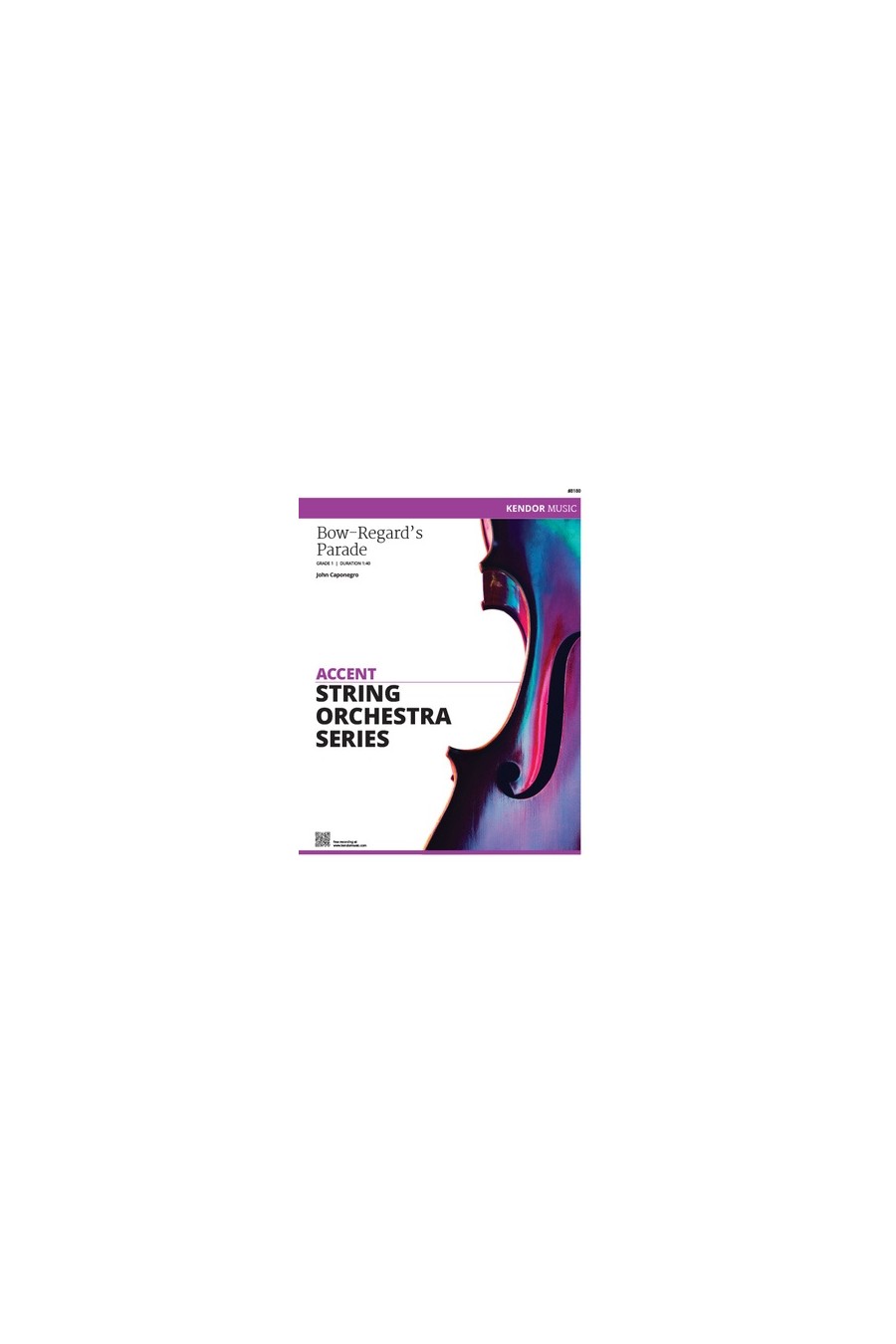

Scored in D major, this winning march for first-year strings opens and ends with dramatic pyramid entrances from the bottom up -- cellos and basses first, then violas, then 2nd Violins, and finally 1st Violins. Rhythms are simple, bowings are clearly marked, and the optional percussion part for snare drum and bass drum enhances the parade-style theme. Duration 1:40.
Scored in D major, this winning march for first-year strings opens and ends with dramatic pyramid entrances from the bottom up -- cellos and basses first, then violas, then 2nd Violins, and finally 1st Violins. Rhythms are simple, bowings are clearly marked, and the optional percussion part for snare drum and bass drum enhances the parade-style theme. Duration 1:40.
Through the jungles of southern Mexico, the Aztec Warrior's journey is full of adventure and danger. This is a fun work for grade 1 groups in B minor which uses only D and A string notes. Duration 1:30.
Chin, Haydn Symphony No.60 1st Movement
This arrangement for strings is faithful to the original work with the added features of sharing the melodic lines, a slight editing of a few bars of the bass part, a violin 3 part and a keyboard realization. It is also an excellent way to develop Classical style spiccato in more advanced players.
The Dancing Peppers is a charming and light-hearted piece featuring repeated figures reminiscent of a familiar Mexican theme. The work is fun to play, yet teachers will find it packed with wonderful elementary string teaching points that help encourage both left- and right-hand technical development and refinement.